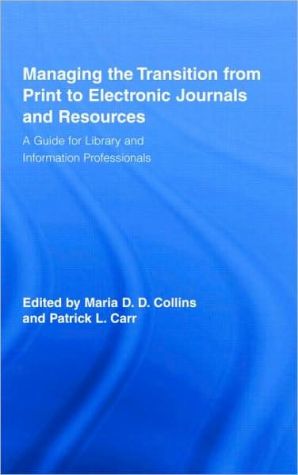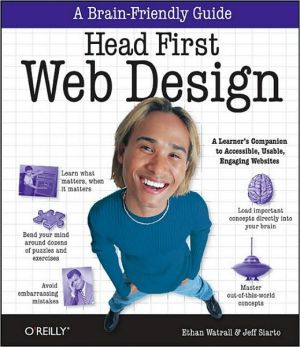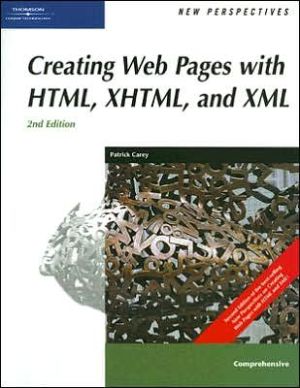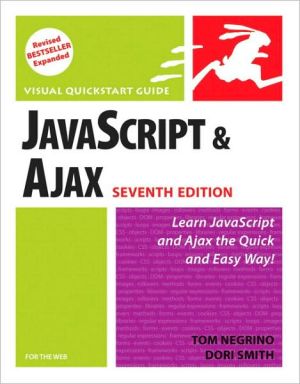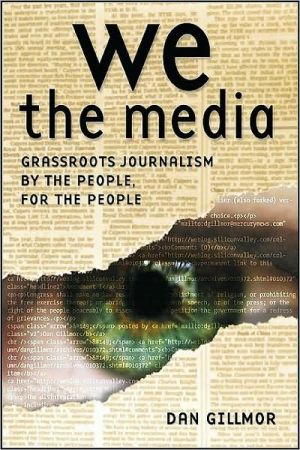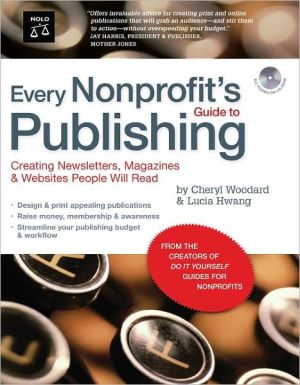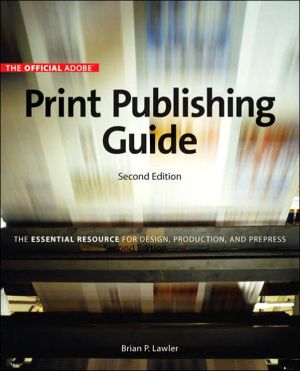Managing the Transition from Print to Electronic Journals and Resources: A Guide for Library and Information Professionals
Discover practical approaches to enter the new age of librarianship! \ \ Managing the Transition from Print to Electronic Journals and Resources: A Guide for Library and Information Professionals comprehensively discusses the knowledge needed by every librarian who has e-resource management and access responsibilities in their library. This useful book helps information professionals to forge their own path in the transition from collecting print resources to providing online access to...
Search in google:
Managing the Transition from Print to Electronic Journals and Resources: A Guide for Library and Information Professionals is a collection of essays from the leading authorities on print-to-e-resource transition – from library institutions of all sizes and levels of funding. This book will help librarians and information professionals to design, implement, and manage solutions to effectively provide online access to e-journals and e-resources. Special topics discussed include reconfiguring acquisition models, electronic resource management (ERM) systems, skill sets necessary for e-resource management, efficiency enhancement, and current trends and initiatives in licensing. In addition, the wide range of articles included in Managing the Transition from Print to Electronic Journals and Resources: A Guide for Library and Information Professionals, will aid librarians in navigating the problems of changing formats, staffing issues, workflow approaches, and new and interrelated tools used to manage and provide access.
About the Editors Contributors Foreword (Eleanor I. Cook) Preface Acknowledgments Introduction PART I. EVOLVING COLLECTIONS Chapter 1. Budgeting and Acquisition (Elizabeth S. Burnette) Introduction Budget Fundamentals The Impact of E-Resources on the Collections Budget Acquiring E-Resources Conclusion Chapter 2. Criteria for Selecting and Evaluating Electronic Resources (Christine L. Ferguson) Introduction Preliminary Questions Conclusion Chapter 3. Preservation Concerns in the E-resource Environment (Jennifer Watson) Introduction The Challenges of E-resource Preservation Partnerships and Initiatives in E-resource Preservation Foundations Conclusion Chapter 4. Case Study: Evolving Purchasing and Collection Models for Serials (Hilary Davis) Introduction Overview of the Case Libraries Case Studies for Shifting to Electronic-only Serials Collections Case Studies for Pay-Per-View Serials Access Summary PART II. EVOLVING STAFF AND PARTNERSHIPS Chapter 5. Collaborative Library-wide Partnerships: Managing Electronic Resources Through Learning and Adaptation (Joan Conger and Bonnie Tijerina) Introduction The Evolution from Print to Electronic: A New Workflow Around Communication From Materials Flow to Information Flow: Surviving Constant Change Conclusion Chapter 6. Staffing Trends and Issues in Electronic Resource Management (Maria D. D. Collins) Introduction Factors Driving Change in Personnel Survey Purpose and Methodology Trends and Issues in Staffing The Need for Collaboration Options for ReorganizationConclusion Chapter 7. Partnering with the Patron (Beth Ashmore and Jaroslow Szurek) Introduction The Evolving E-world What Are Our Users Telling Us About E-resources? How Do Librarians and Vendors Respond? Conclusion Chapter 8. Enhancing E-Resources by Studying Users: The University of Rochester Analysis of Faculty Perspectives on an Institutional Repository (Nancy Fried Foster and David Lindahl) Introduction Making Our Institutional Repository Work What Users Really Want Complexities of Implementation Adding Mapping to out Toolkit An Example of Mapping Conclusion PART III. EVOLVING TOOLS Chapter 9. The Role of the Online Catalog As an E-resource Access and Management Tool (Charley Pennell) Introduction Is the Catalog Dead? The Role of the Catalog in Identifying Serials E-journals in the OPAC A Brief Survey of Access to Journals and E-journals in 30 ARL OPACS Conclusion Chapter 10. ERM Systems: Background, Selection, and Implementation (Maria D.D. Collins) Introduction Background and History Choosing the Right ERM System Understanding your Library's ERM Needs and Limitations Implementing an ERM System Conclusion Chapter 11. Integration and Data Standards (Mark Ellingsen) Introduction Authentication and Authorization Search and Retrieve Application Integration Web Services Service-oriented Architecture (SOA) Serials Information and Usage Statistics User Interface Integration Conclusion Chapter 12. E-journal Management Tools (Jeff Weddle and Jill E. Grogg) Introduction A to Z Lists The OpenURL and Link Resolvers Federated Searching The Future of E-journal Management Tools Chapter 13. Creating an E-resource Infrastructure: A Case Study of Strategies at Seven Academic Libraries (Glen Wiley) Introduction Methodology and Goals of the Data Collection Overview of the Case Libraries and Their E-Resource Infrastructures Infrastructure Rationales Strengths, Weaknesses, and Lessons Learned Conclusion PART IV. EVOLVING STRATEGIES AND WORKFLOWS Chapter 14. Analyzing Workflows and Realizing Efficiencies for Serials Processing (Elizabeth S. Burnette) Introduction Are Serial Workflows All They Can Be? Efficiency for Serials Conclusion Chapter 15. Issues in E-resource Licensing (Jill E. Grogg and Selden Durgom Lamoureux) Introduction Early Initiatives Model Licenses Standard Licenses Other Experiments Alternative to Licensing License Expression Working Group End-user Education and Other Issues Conclusion Chapter 16. The Activation and Maintenance of E-journal Access (Patrick L. Carr) Introduction The Activation of E-journal Access Maintenance of E-journal Access Emerging Trends in the Activation and Maintenance of E-journal Access Conclusion Chapter 17. Issues, Changes, and Trends in Cataloging Electronic Journals (Bonnie S. Parks) Introduction Cataloging E-journals: Issues and Solutions Revisions to the Cataloging Rules The Influence of FRBR on the New Cataloging Code Conclusion Chapter 18. Workflows for Managing E-resources: Case Studies of the Strategies at Five Academic Libraries (Patrick L. Carr) Introduction An Overview of the Libraries Studied Core Tasks For E-resource Management Conclusion Index Reference Notes Included
